- Home
- /
- Stories
Stories
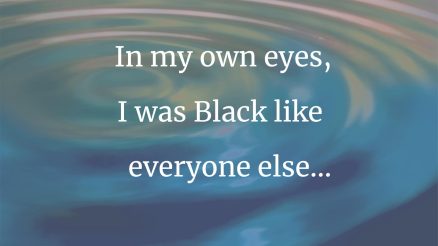
The Real Me
Editor’s Note: This piece was a finalist in the Pulse writing contest, “On Being Different.”
“What are you?”
It’s impossible to count the number of times I’ve been asked this question, directly or indirectly.
When my family moved to Milwaukee from the South, I was twelve.
One day soon after, I was digging in my locker at Audubon Middle School when a girl named Tammy walked up to me.

Breathless
Editor’s Note: This piece was a finalist in the Pulse writing contest, “On Being Different.”
I was a disaster in fourth grade—too chubby for my Girl Scout uniform, which gapped where it should not have gapped. I dragged my right foot, so I wore orthopedic shoes. My horn-rimmed glasses made me look like a sixtysomething church lady. My jet-black hair with five cowlicks had been partially tamed with a beauty-shop permanent. I was the last chosen for red rover and other recess favorites.
Ten-year-olds know when they are different from their peers. I didn’t want to be different and felt self-conscious. Then came the coup de grâce.
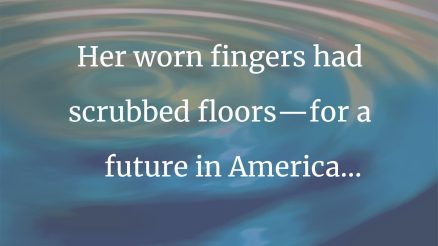
Beyond the EMR
Squeak…Squeak…Squeak….
I stood against a wall in a narrow hallway to avoid blocking a meal cart passing through on its morning voyage. Inside this cart were a series of compartments, each containing a tray bearing a hospitalized patient’s breakfast. My attending physician stood beside me, inspecting a list of patients’ names as the cart rolled past.
Squeak…Squeak…Squeak….
“That’s a good case for a med student,” my attending declared, gesturing at a name on the paper. “Take this one.”

September Third Year
Today a patient died. Jake was forty years old. When he came into the emergency room, Jake was dying of sepsis. I gave him some pain medication, and he just slipped away. I did try to save him. As his blood pressure dropped, I ran fluids and antibiotics. I put his head down to keep blood flowing to his brain. I ordered labs and an X-ray and an EKG.
I had taken care of Jake several times during his previous hospitalizations. He was sweet, but tired. He was blind from diabetes, and his irises were gray-white. I think he shut his eyes as he died, but I can’t quite remember.
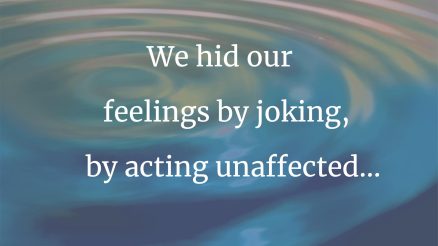
Letter From the Dead
Gross Anatomy class is a rite of passage, and has been so for a few hundred years. Generations of first-year medical students have spent months dissecting cadavers and painstakingly learning the intricacies of human anatomy.
I well remember my first day of class—the overpowering smell of formaldehyde and the unnerving sight of a roomful of twenty-five dead people lying supine, their faces and genitals covered, on metal tables.
Assigned by the alphabet, four students to a cadaver, my peers and I (Fabert, Ferris, Flamm and Fleming—my maiden name) stood gingerly next to our cadaver, careful not to get too close. We shifted uneasily. Touching our cadaver (a woman) for the first time, even with gloves on, was disquieting.

Finding the Upside
Editor’s Note: This piece was a finalist in the Pulse writing contest, “On Being Different.”
Being different is often viewed as bad. At a young age, I learned that it meant you didn’t belong. I vividly remember watching the Sesame Street puppets dance and sing about an object that “didn’t belong” because it was “not like the others.”
Throughout my school years, I tried hard to fit in. Being overweight, and as uncoordinated as they come, I constantly felt out of place in my body and among my peers. I remember trying so hard to make people laugh, to win them over.

Not Knowing
A few days after I’d rotated off the adolescent ward at the university hospital where I was a second-year pediatric resident, I stopped in at Billy’s room to see how he was doing. He was pale, with a few fresh bruises below the sleeves of his hospital gown, but his big brown eyes brightened when he saw me.
“Where’ve you been?” he asked.
“She had to go to work on another ward,” his mom said, rubbing his forearm gently. “I told you that, remember?”
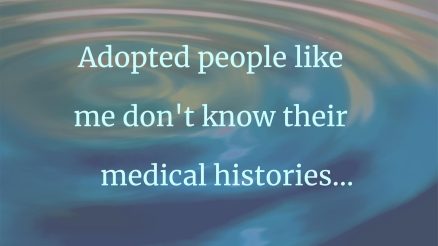
A Family History of X
Editor’s Note: This piece was a finalist in the Pulse writing contest, “On Being Different.”
When I was diagnosed with breast cancer, my doctor, Dr. Thompson, who looks like the comedian Norm MacDonald and tells smart-ass jokes and likes to draw stick-figure breasts on a whiteboard to show surgical options, asked, “Do you have a family history of breast cancer?”
He had already drawn a series of disembodied breasts before he asked this. The breasts were squared off, with Lego nipples—nothing Victoria’s Secret-ish, nothing human.
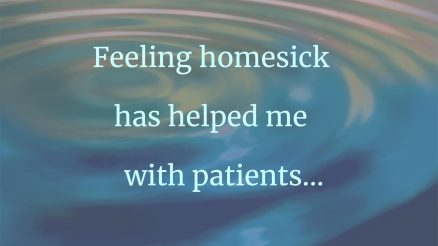
A Little Bit of Lagniappe
Editor’s Note: This piece was a finalist in the Pulse writing contest, “On Being Different.”
Throughout my pediatrics clerkship as a third-year medical student, I resisted the urge to say “sha.”
“Sha,” as in “Sha baby,” “Oh sha,” or “Come here, sha.” “Sha,” a term of endearment, an instinctive utterance at the sight of something cute—for example, all of my patients in the newborn nursery. “Sha,” a word from Acadiana, a word that only people from Acadiana use.
